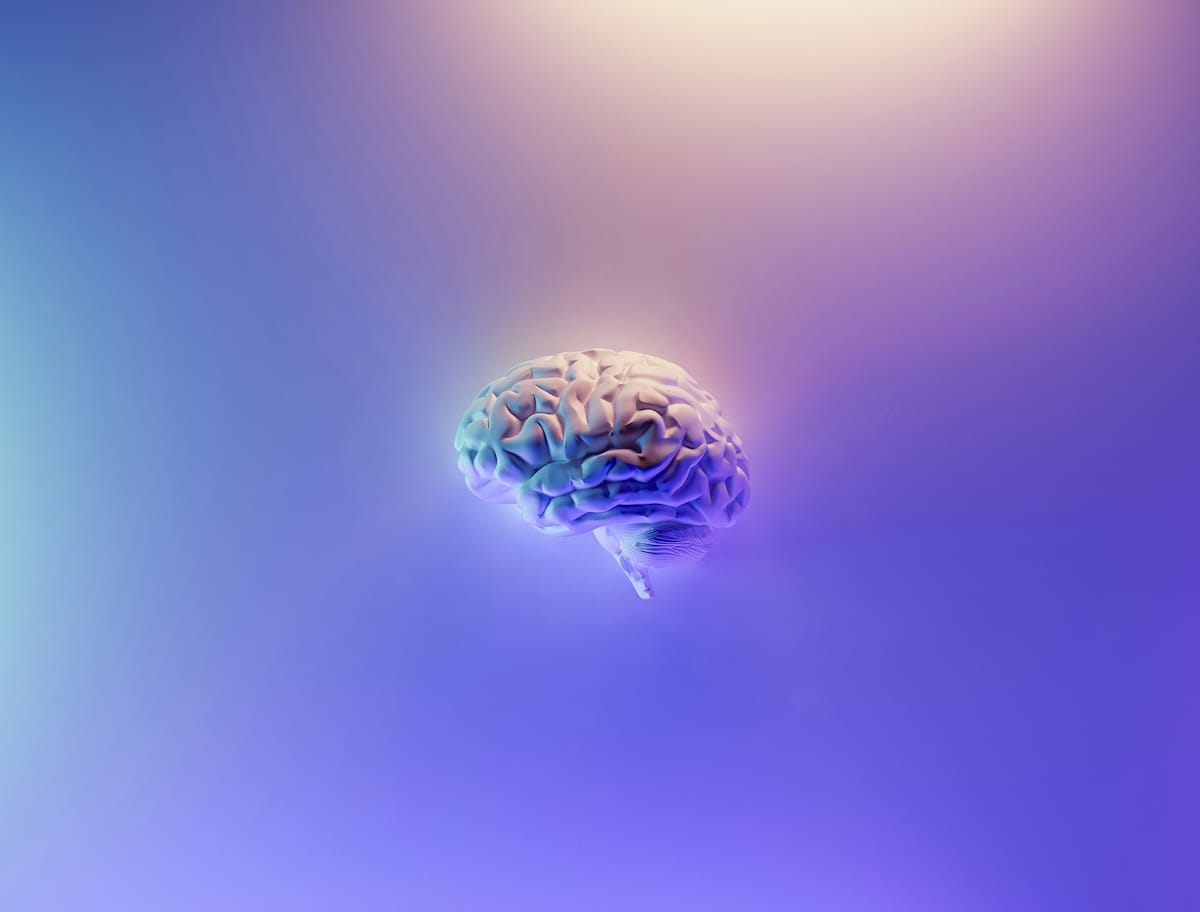What is ‘enhanced pattern recognition'? And why does it affect those with ADHD and dyslexia?
updated on Jun 20, 2024

Picking up a pattern? Read this...
The human mind is wired to find patterns in the world around us – it’s a baseline survival mechanic that helps us to predict what might be coming. Our brains are so good at this that we still far outperform computerised algorithms and artificial intelligence, and our ability to do so is what makes us distinctly human.
While it’s something that will feel familiar to many, people with ADHD or dyslexia have been found to experience enhanced pattern recognition – a label which describes the ability to find and recognise patterns with only vague or limited information, beyond what most people are capable of. But why is this, what does it look like in practice, and what is the impact?
“The ADHD brain has greater synaptic connections in the part of the brain that deals with visual imagery, therefore making them ‘visual thinkers’ and enhancing pattern recognition,” explains Dr Tony Lloyd, CEO of the ADHD Foundation. “Like dyslexia, the ADHD brain processes information in different ways. So we can only hypothesise that while ‘most’ ADHD brains have poor working memory, the greater ‘visual thinking’ may be an evolutionary adaptation for poor working memory – or an example of the adaptive, evolutionary diversity of human neurocognitive capabilities that is the ‘universal design’.”
Though highlighted as a relatable experience for ADHD individuals, recent research into the link is fairly limited, and enhanced pattern recognition alone is not enough to fulfil a diagnosis. That said, in community forums and on discussion boards, people with ADHD describe various forms of enhanced pattern recognition, sharing examples such as being able to predict film and book plots early on, strong word association, and predicting behavioural patterns in others.
Danielle Cannon was diagnosed with ADHD, combined type, in 2021 at the age of 22. Although she recalls recommendations for getting tested as far back as primary school, it wasn’t until lockdown – when she saw a lot more discussion around ADHD – that she realised she ticked a lot of boxes, and referred herself to be tested. Enhanced pattern recognition is an experience that feels familiar to her.
“My first experience with pattern recognition was probably when I was a teenager,” Danielle explains. “I’d always be able to notice the small details in the changes in someone’s behaviour, such as a change in mood or appearance indicating a change in life, such as a difficult time at home or a breakup, or I could recognise early on the signs of depression in a classmate or, in the opposite direction, I could recognise a change in mood to being happier or more calm indicating a new relationship, a holiday, etc.”
Danielle feels as though enhanced pattern recognition is something that helps her in daily life. She is able to notice the small details that others might miss, which she explains is particularly helpful when meeting new people and making judgements on their character.

“When I was younger and wasn’t aware of my ADHD or any of the symptoms, I used to ignore the heightened sense of awareness, and often ended up in friendships with quite toxic people, believing that I was wrong or trying not to see all the warning signs,” she explains. “It would also sometimes cause conflict if I would notice a change in someone and point it out, only to be met with hostility. So it took me a while to learn when and where it is appropriate to verbally note things and have conversations – and how to approach them in a more tactical way. I now find myself a very good judge of character by picking up the small things some people miss, and it enables me to base my friendships on a more peaceful existence, with little conflict.”
Enhanced pattern recognition can be a really helpful skill in many scenarios. At work, it can make you a good problem-solver, and you may find that certain tasks come naturally to you, or that you are able to make accurate predictions based on the data that is available to you. It’s a strength to bring to an environment that can sometimes prevent challenges for neurodiverse people.
A review by the Attention Deficit Disorder Association found that adults with ADHD are nearly 60% more likely to be fired, and 30% more likely to have chronic or ongoing employment challenges. Additionally, a 2018 study for the Westiminder AchieveAbility Commission found that 52% of neurodivergent people reported having experienced discrimination during an interview or selection process – and, in the case of dyslexia, while discrimination on the grounds of dyslexia is prohibited as it is covered by the Equality Act 2010, it is not uncommon for people to feel misunderstood, or additional pressure in the workplace.
However, awareness of potential traits, such as enhanced pattern recognition, can help those with conditions such as ADHD and dyslexia play to their strengths. Dr Tony Lloyd also takes it as an opportunity to share his perspective and challenge the idea of a ‘normal’ way of thinking.
“Everyone’s brain is as unique as their fingerprints, and neurotypes such as ADHD, dyslexia, autism, and dyscalculia, have been around for as long as human beings have been,” he explains. “Often, in the context of Western medicine, anyone who did not meet criteria for the majority was considered abnormal versus the majority that was considered ‘normal’.

“The truth, perhaps, from a 21st-century perspective, is that such differences in neurotypes are the universal design and not an ‘abnormality’ or a ‘disorder’ at all. Such classifications derive from a culture within academia of language that has proven, ultimately, to be discriminating and stigmatising.”
It’s an ability that many people would wish to be better at, so it makes sense to see enhanced pattern recognition making the list of ADHD and dyslexia strengths. And while more research on this link is needed in order to better understand why it may exist, and how precisely it can manifest itself, for those familiar with enhanced pattern recognition, it presents an opportunity to play into those strengths, and offers a moment of celebration against what can often be a challenging experience.

